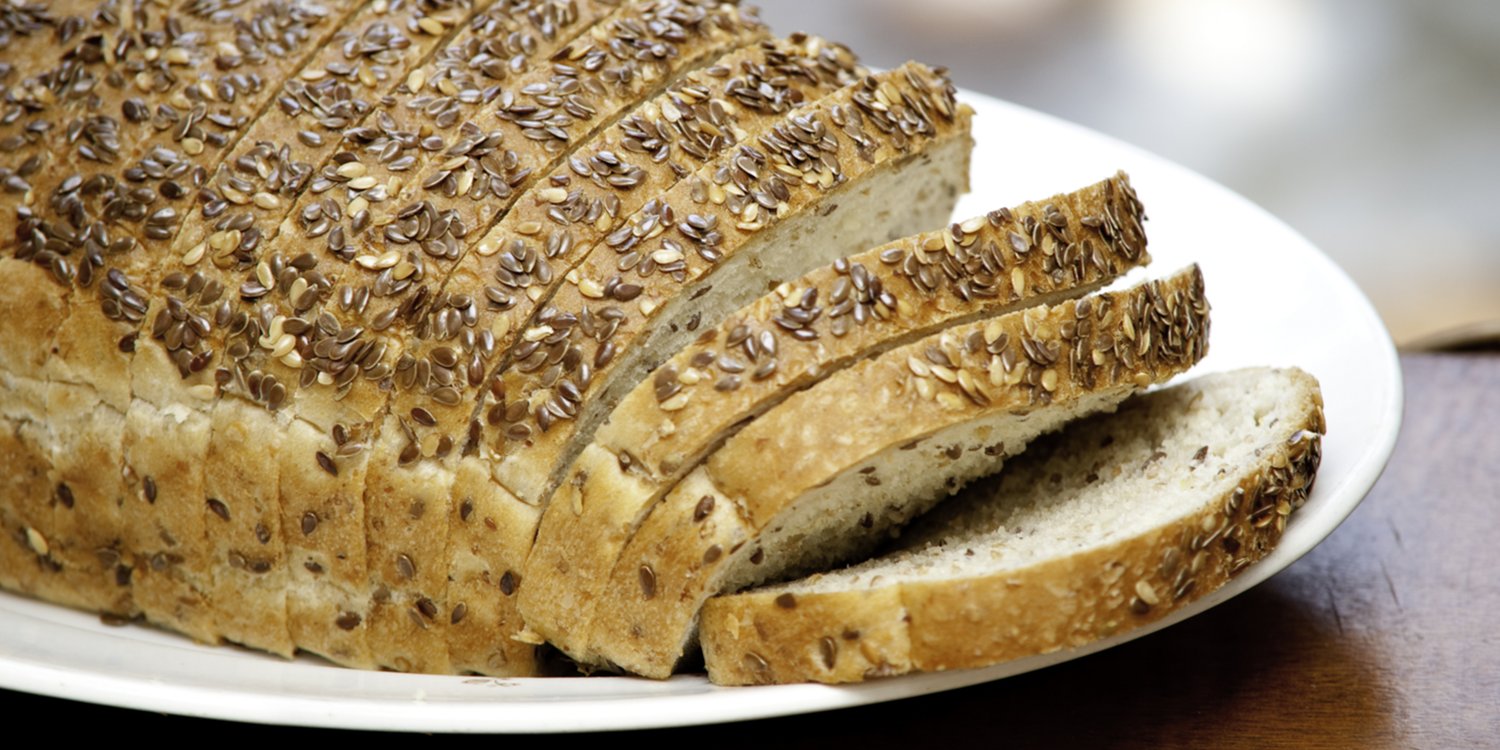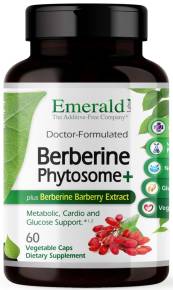They’ve been linked to reduced risks for a slew of conditions, including cardiovascular disease, stroke, Type 2 diabetes, asthma, colorectal cancer, obesity, and gum disease. Nutrient-rich, they contain phytochemicals, phytoestrogens, and antioxidants. In fact, several epidemiological studies suggest whole grains might lower the risk for all-cause mortality.
So why aren’t we eating more of them? We consume plenty from this food group, but it’s mostly in the form of breads and other baked goods made from refined grains—with nearly all of the bran, some of the germ, and more than 20 essential nutrients removed.
Expand Your Horizons
Try barley, brown rice, bulgur wheat, or quinoa in risottos, pilafs, or salads. Whole-grain pastas are widely available. Whole-grain pitas and whole-wheat English muffins make tasty choices for kids’ after-school snacks. With little effort, they become quick, tasty pizzas. Look for breakfast cereals with kamut, kasha (buckwheat), or spelt.
Even if you need to eliminate gluten, you’ll find appealing alternatives to wheat that deliver whole-grain goodness. Although some grains require 30 minutes or more to cook, pre-soaking shortens cooking time.



